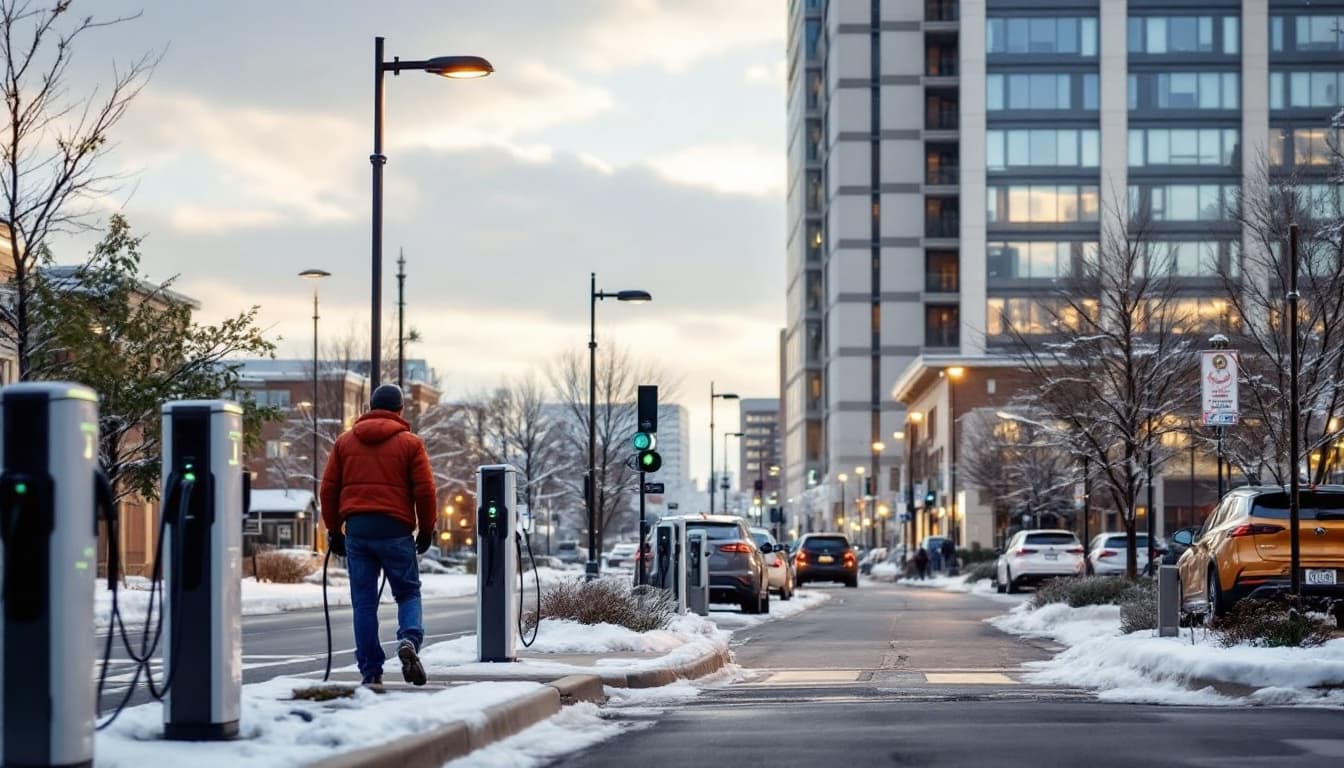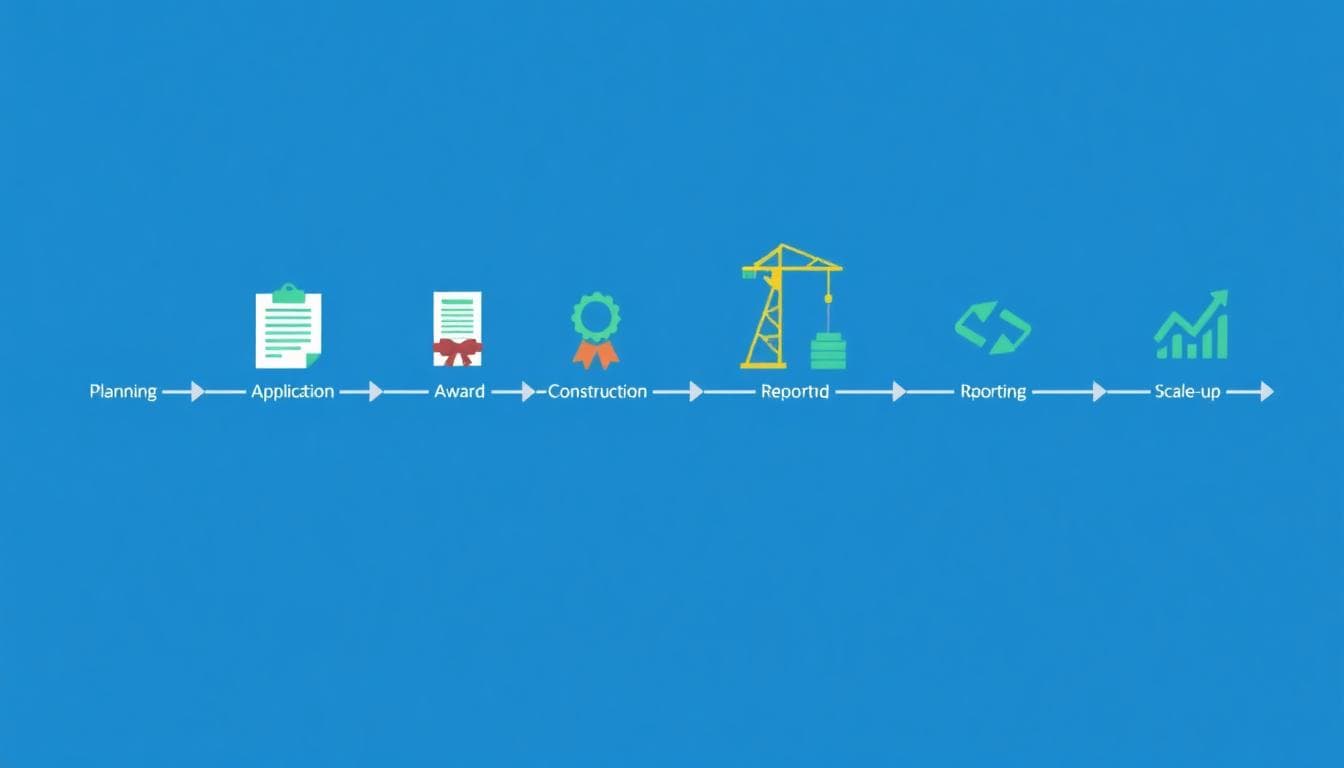Minnesota is getting a new wave of federal dollars to support climate and energy projects. According to recent reporting, multiple grants are moving ahead under the Trump administration, targeting local clean energy, resilience, and infrastructure efforts. The funding signals a practical shift: focus on projects that deliver reliability, jobs, and measurable community benefits. In Minnesota, that means cleaner power, stronger grids, and climate-ready infrastructure.
What These Grants Aim to Do
Federal climate grants usually channel money into real projects with near-term impact. Think grid upgrades, weatherization for homes, municipal EV chargers, and community-scale renewables. These programs often require matching funds, public reporting, and clear timelines. The goal is simple: reduce risk from extreme weather, cut energy costs, and grow local jobs while improving reliability.
In Minnesota, that mission fits well. The state has strong wind resources, expanding solar, and a mix of rural and urban needs. Federal support can speed up projects that cities and cooperatives already planned but lacked funding to scale.

Likely Minnesota Focus Areas
- Grid modernization: Upgraded lines, transformers, and microgrids for hospitals, campuses, and critical facilities.
- Community energy: Small solar arrays with storage for schools, libraries, and public housing.
- Weatherization and efficiency: Insulation, heat pumps, and smart controls to lower bills and emissions.
- Transportation: EV charging corridors along highways and municipal charging in dense neighborhoods.
- Resilience projects: Flood mitigation, stormwater systems, and backup power for emergencies.
How the Money Flows
Most grants run through federal agencies with competitive applications. Cities, counties, utilities, tribes, and nonprofits submit proposals. The strongest applications check three boxes: clear need, realistic timelines, and matched funds. They also include community engagement and workforce plans to ensure local impact.
Once funds are awarded, recipients must track milestones and report results. That can include energy saved, emissions avoided, or resilience metrics like outage reductions. Transparency is part of the deal, and it helps taxpayers see exactly what the money delivers.

Why This Matters for Minnesota
Minnesota’s climate swings are tough on infrastructure. Heat waves, ice storms, and heavy rain stress the grid and roads. Federal grants help communities prepare without pushing the full cost onto ratepayers. The payoff shows up in fewer outages, safer streets, and buildings that stay livable during extremes.
The jobs story matters too. Construction, electrical, and engineering work all benefit. Training dollars tied to grants can open doors for local workers and students. As projects scale, suppliers and service companies grow around them.
Potential Projects to Watch
- Rural co-op microgrids: Keep lights on during storms in farming communities.
- School solar + storage: Cut energy costs and provide emergency shelters during outages.
- Heat pump pilots: Retrofit older homes to reduce winter heating bills and summer cooling loads.
- Stormwater upgrades: Protect neighborhoods from flooding and water damage.
- Transit electrification: Add charging for city buses and municipal fleets.
How Local Leaders Can Make the Most of Grants
- Bundle projects: Combine small upgrades into one application to cut overhead and speed delivery.
- Engage early: Bring utilities, schools, and neighborhood groups to the table ahead of deadlines.
- Design for resilience: Add storage and backup power where it matters most.
- Track benefits: Measure bill savings, outage hours avoided, and local job creation.
- Plan maintenance: Budget for long-term upkeep so benefits last.

For Residents: What You Can Do
- Watch city agendas: Attend meetings where grant plans are discussed and voice local needs.
- Sign up for programs: Weatherization and rebate programs can cut your utility bills.
- Support resilience hubs: Schools and libraries with backup power help the whole community during storms.
- Share feedback: Tell officials what worked and what did not; it strengthens future applications.
Federal grants are giving Minnesota a chance to speed up practical climate projects that deliver value now. The focus is on reliability, safety, and savings, not just headlines. If local leaders coordinate well, these dollars can turn into durable upgrades that protect families, support businesses, and create good jobs across the state.
To contact us click Here .

